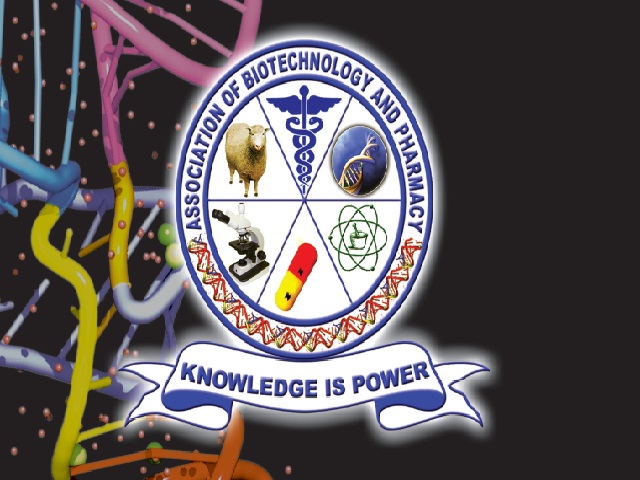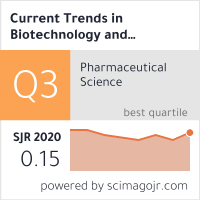Ultrasonication Extraction Techniques for a New Approach for Development of Pharmacognostical and Phytochemical Screening of Syzygium aromaticum
DOI:
https://doi.org/10.5530/ctbp.2022.3s.71Keywords:
Clove, Ultrasonication, Ash value, Remedies, Bitterness valueAbstract
Herbal therapy is becoming increasingly popular as a safe and effective treatment option for a variety of medical problems. Herbs are frequently chosen since they are natural and do not contain hazardous chemicals. Clove (Syzygium aromaticum) is a natural spice with antibacterial and antioxidant qualities that is used as a medicine and a preservative. Clove is being used as a larvicidal agent to treat dengue fever, which is one of the most significant health issues in tropical nations. In the present study, various standardisation procedure has been used to evaluate the extracts (Maceration and ultrasonication process) of the plant. The result showed that total ash value was found to be as 4%w/w. Furthermore, swelling index was found to be as zero indicating absence of mucilage in the sample. Phytochemical screening showed that alkaloids are present in drug in higher amount. Also, it indicated the presence of tannins and glycosides. These data can be used to make pharmaceutical preparations from the clove.



